‘No pain no gain’ motto was probably invented by dancers. Sore muslces are almost unavoidable especially if you are adjusting to a new rehearsal schedule, doing strength training or learning a new repertoire. Still, dancing or working out doesn’t have to equal eternal stiffness.
Thankfully, there are several ways to relieve minor aches and pains at home.
1. Cool yourself down.

After hours of bending, jumping, twisting, and turning, you want to make sure you give your muscles a proper cool-down. Just like warming up before practice, stretching and other gentle exercises should become a part of your post-practice routine. Your muscles may have become tense or exhausted during practice, so a quick cool-down routine lets them know it’s time to relax.
2. Hydrate.
It’s no secret that your body needs hydration to survive and flourish. Make sure to maintain an adequate level of fluid intake before, during, and after practice

3. Snack smartly.

By the time your lesson is finished, you’ve probably worked up quite an appetite. Immediately loading up on a heavy meal may make you feel sluggish and more tired. Try to wait about an hour after class to eat a full meal. In the meantime, light and healthy snacks, such as a banana or granola, are a good way to satisfy your hunger and provide a few nutrients after practice.
4. Take a mental break.
Aside from the physical rest your body deserves after an intense lesson, you could also benefit from giving yourself a mental break. After practice, try listening to a soothing playlist, doing a quick breathing exercise or meditation. Too much mental stress can ultimately trigger a physical response as your brain tries to help your body defend itself from the stress. Easing your mind after practice prevents stimulation overload and allows you to absorb the positive mental

5. Take a warm bath.
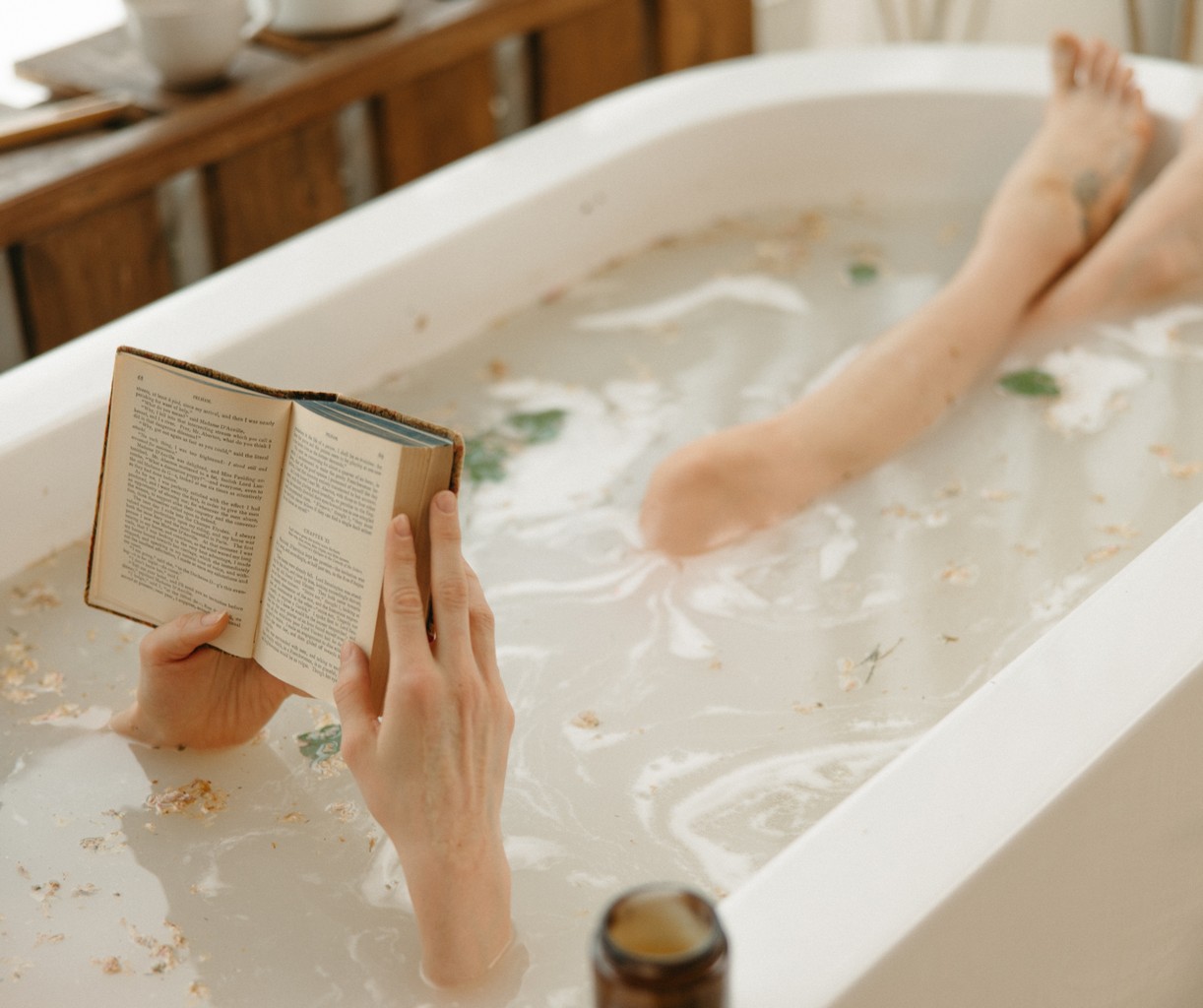
Soaking in a warm bath will relax you after practice. For extra muscle-relaxing benefits, add a small amount of Epsom salt to your bathwater.
6. Ice.
One of the classic components of RICE (rest, ice, compression, elevation), ice is often used to relieve pain. Putting your legs in an ice bucket makes wonders. The ice stimulates circulation and will help your muscles cool down and start rebuilding. This will help alleviate future soreness and muscle weakness. Everything in moderation, though! Ice shouldn’t be applied for more than 15 minutes at a time, and you should not apply it directly to your skin.
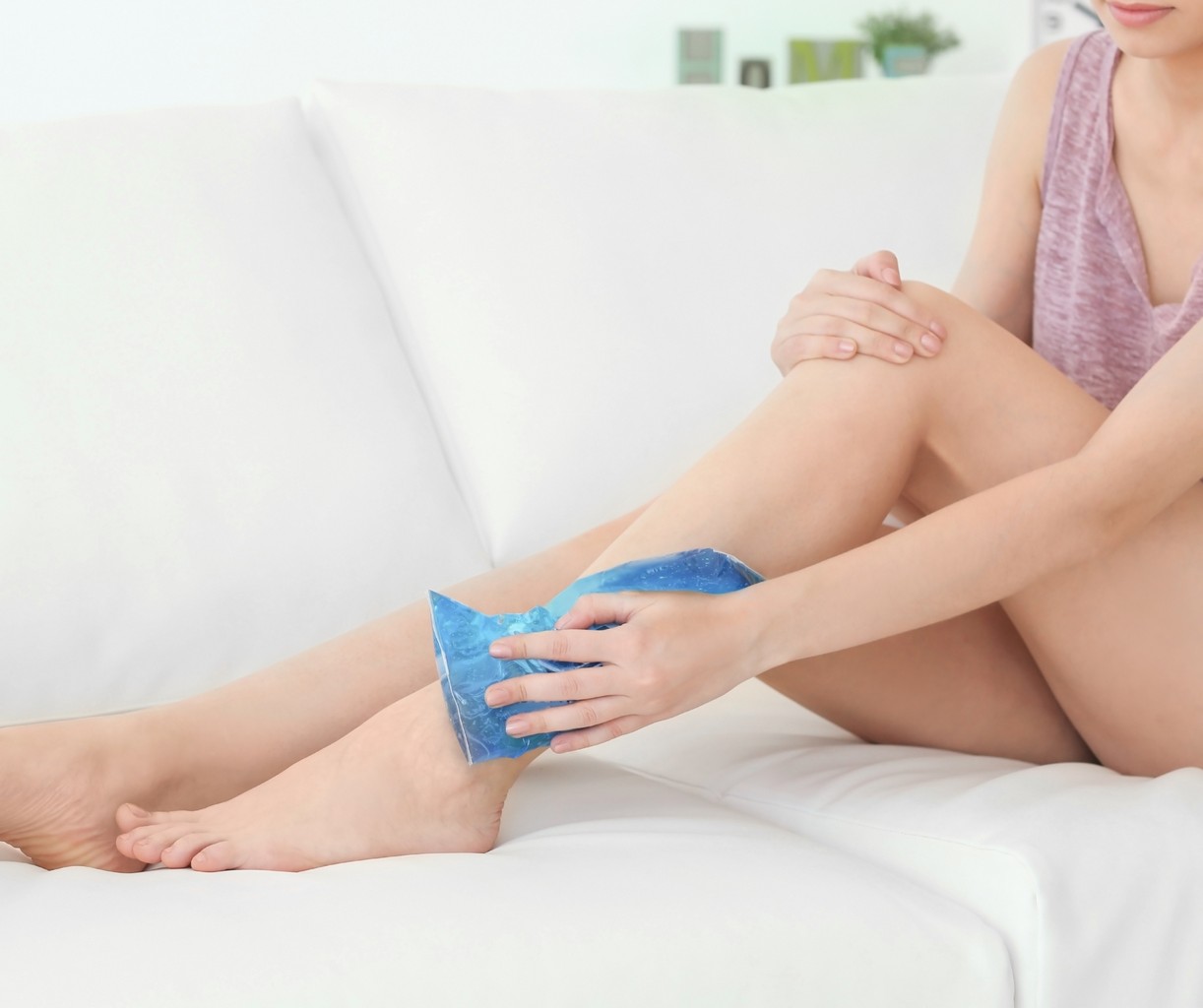
7. Try heating pads

Moist heat pads can help decrease muscle pain and spasms and increase your range of motion.
8. Foam Roll
Similar to massage, foam rolling is all about myofascial release, which relieves tension in the muscle’s connective tissue. And your trainer is right: Researches have found that rolling out your muscles like dough can help reduce delayed onset muscle soreness. It can also improve performance in subsequent workouts.
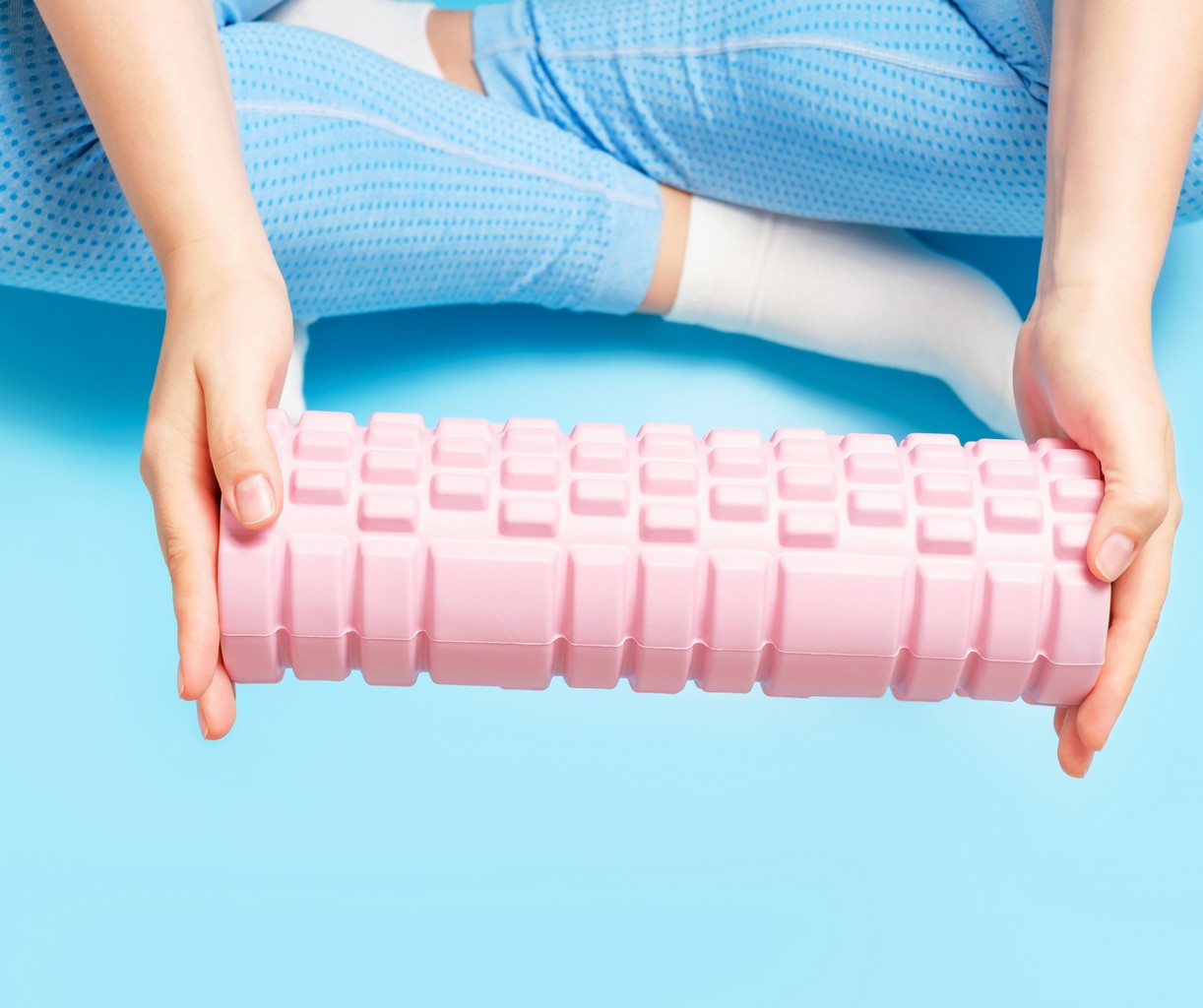
9. Use vibrating massagers
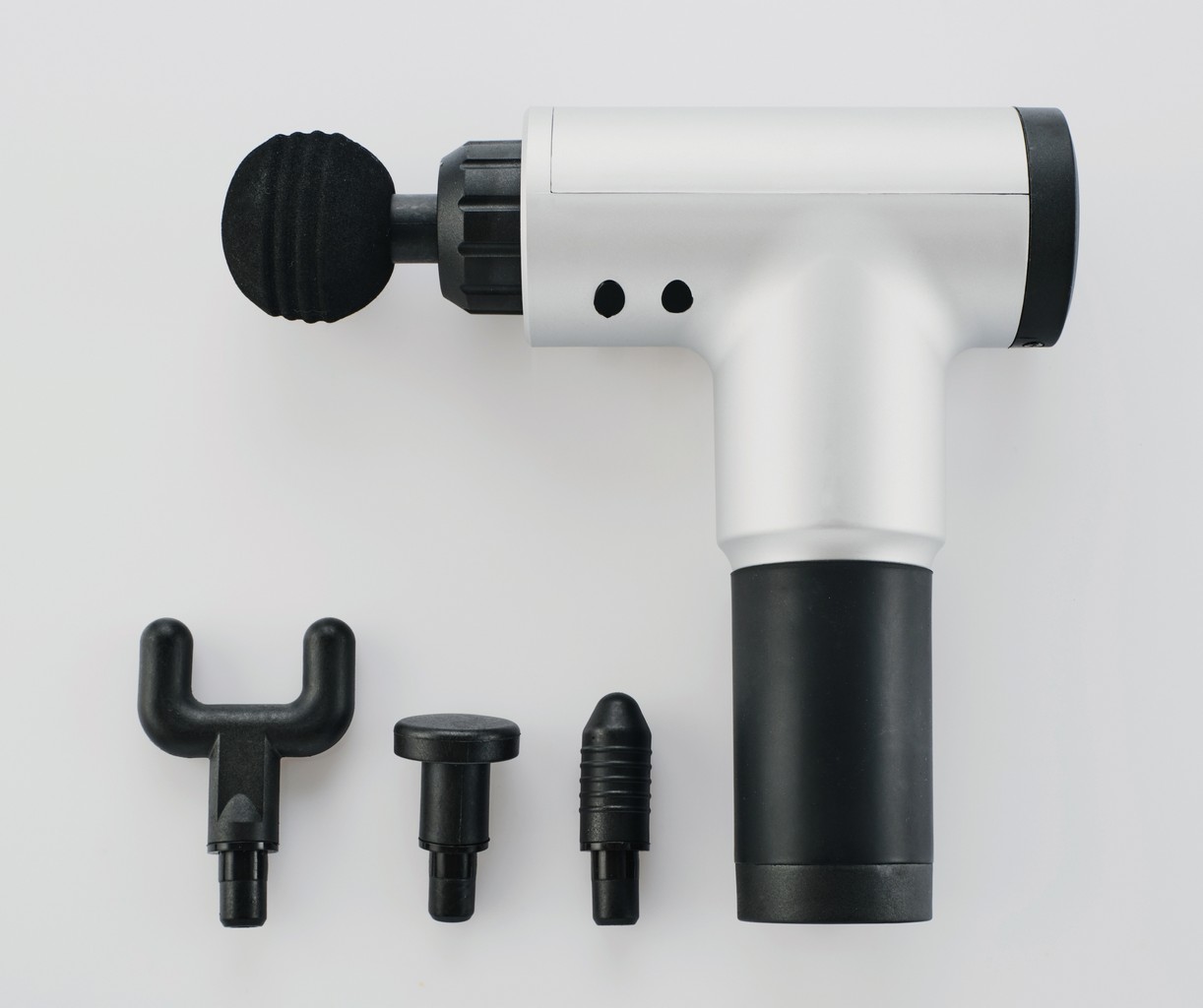
While massagers with vibration features are often more expensive, they are a great way to get relief for stiff, tense muscles. Plus, they help improve your range of motion.
10. Massage with balms and cremes
Another choice for a soothing massage is to use a massage cream. Try cremes that are designed for tired, sore muscles to help soothe the pain and hydrate your skin.
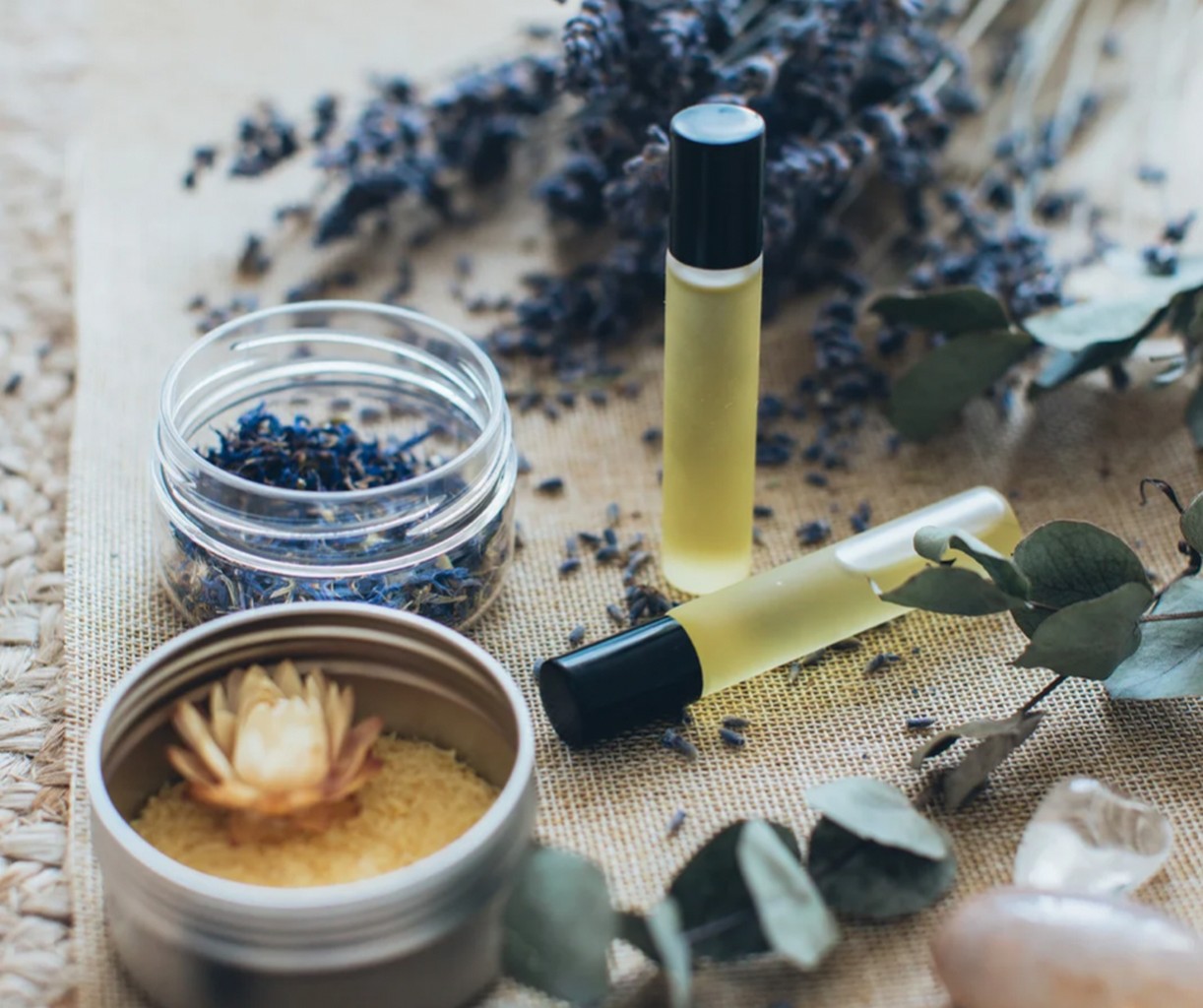
11. Stretch
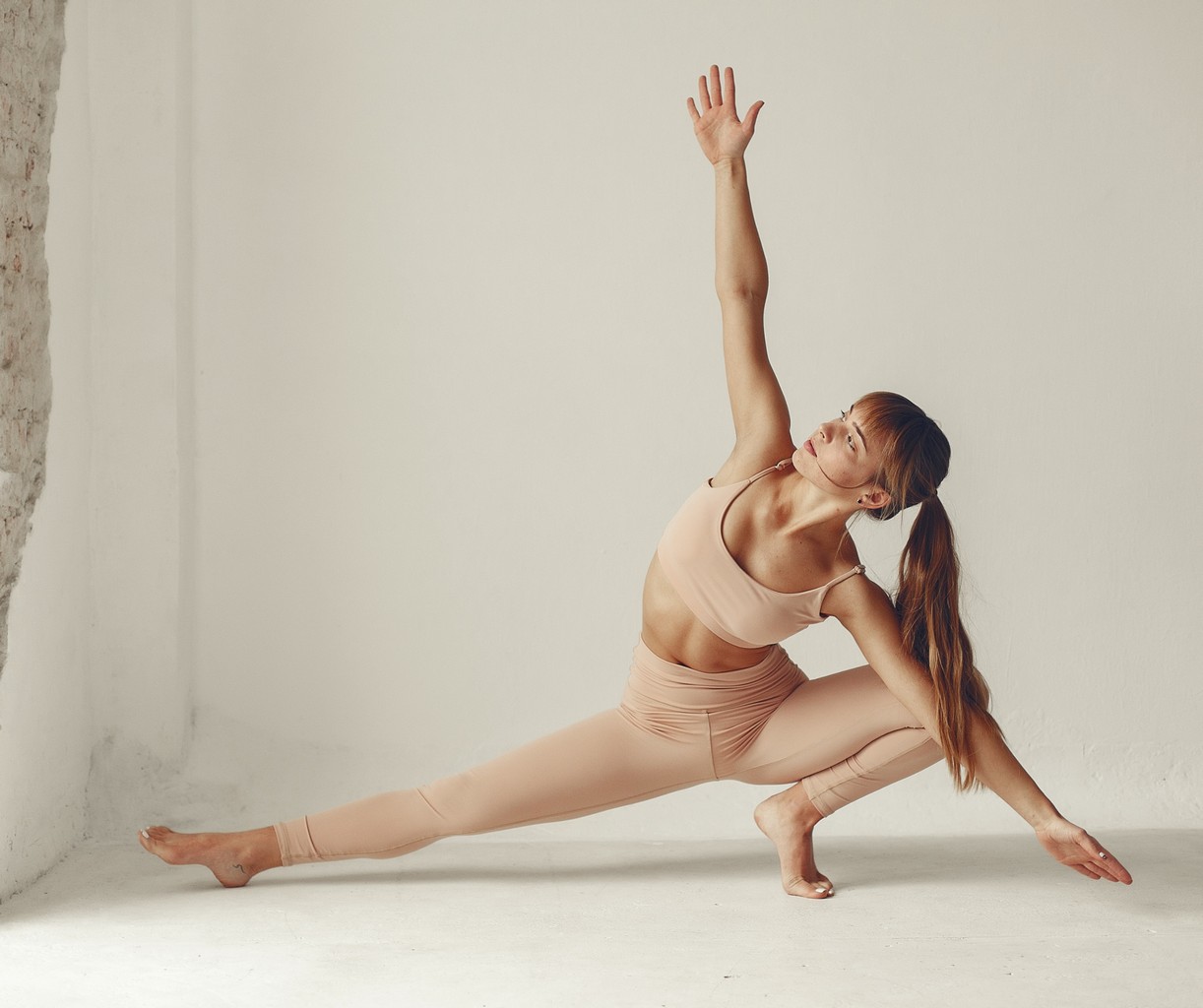
Stretching can help reduce muscle tension and relieve pain. It can also help you improve your flexibility and range of motion.
12. Exercise
If your muscles aren’t strong enough to support your movements, you may be in pain after dance classes or rehearsals.
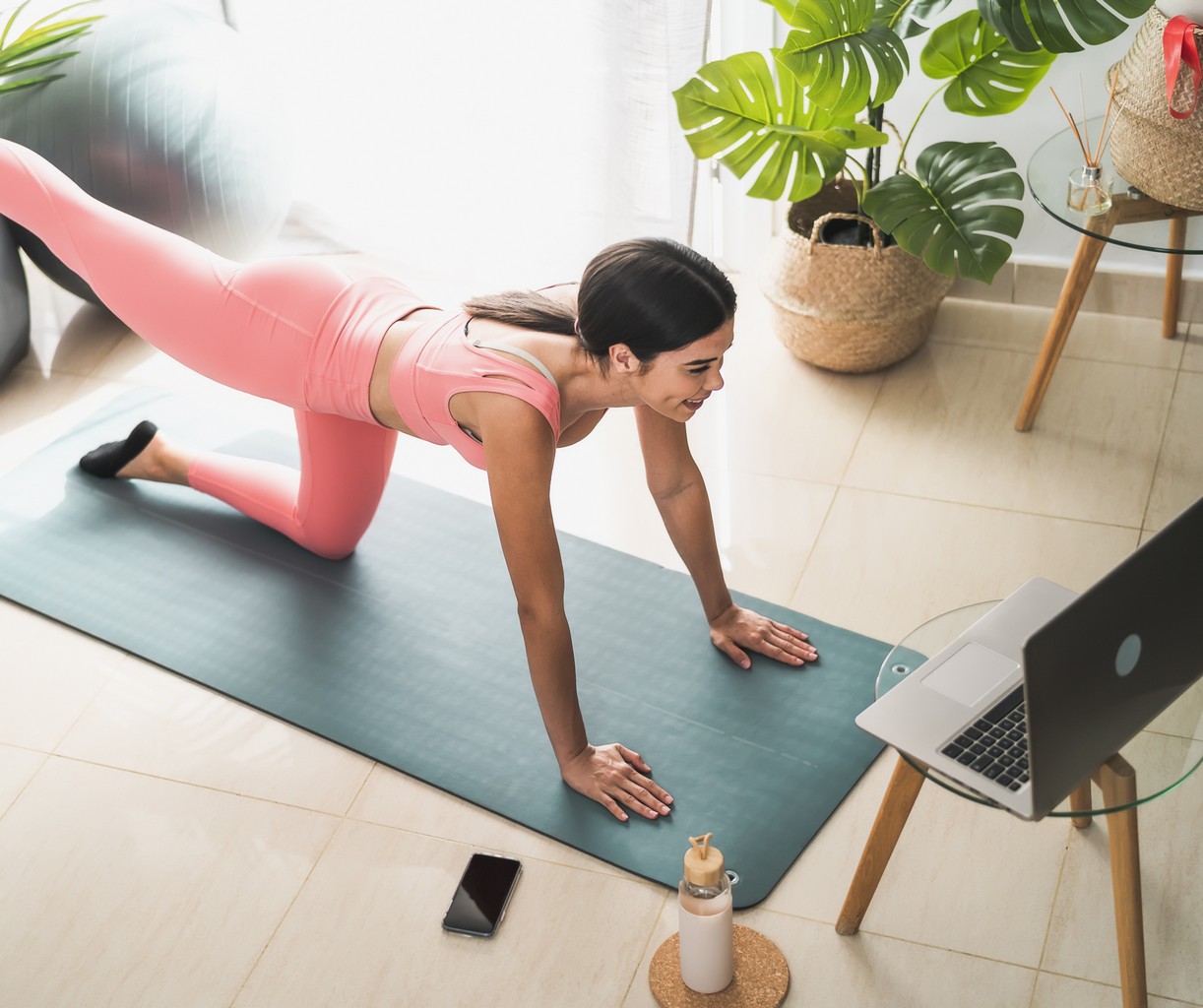
13. Try deep-belly breathing

An easy way to wind down – either before bed or while taking a mental break – is deep-belly breathing. This is a breathing technique where you slowly inhale, letting the oxygen fill your stomach. Next, slowly exhale, pushing the air so far out that your stomach feels like it’s sinking into your back. You can place your hands on your stomach to help you feel more in tune with the breathing. Repeat it a few times. This process helps you fully stretch your lungs and will help relax your muscles and regulate blood flow, which is great for recuperating after practice. Deep-belly breathing is a great way to calm your nerves, almost as if you’re releasing tension and stress with your breath.
14. Eat for recovery
Healthy eating and high performance go hand-in-hand. You can’t have one without the other and expect to hit your goals, so be sure to fill your belly with the right nutrients that will give you energy, strength and the healing powers to reduce any DOMS!

Top of the list: protein. Whilst carbohydrates are the essential energy-producing fuels that working bodies rely on to power a workout, protein is the marvellous stuff that repairs your muscles, speeds up recovery time, increases muscle strength and controls fluid levels during and after exercise. The ideal time to get a serving of protein in is the two hour window after a workout when protein synthesis is at its highest and is particularly helpful in repairing muscle damage and reducing soreness.
• Whey protein-rich foods: cottage cheese, quinoa, beef, yoghurt
• Anti-inflammatory foods: Manuka honey, nuts (almonds and walnuts in particular), seeds, green leafy vegetables, blueberries, strawberries, oranges, olive oil.
• Antioxidant foods: Turmeric, green tea, pecans, kidney beans, Goji berries
• Magnesium-rich foods: dark green leafy veggies, such as spinach, whole grains (brown rice and whole wheat bread), beans and nuts, avocados.
• Omega-3 fatty acids: salmon, mackerel, tuna, sardines
15. Get 8 hours of sleep.

After a rigorous practice, a good night’s sleep encourages the balance and refueling that your body needs before taking on another day. Other than giving your muscles some much-needed downtime, a good night’s sleep also resets your mentality, giving you the opportunity to wake up with a clear mind so you aren’t distracted or stressed for your next practice. A great way to make sure you’re getting 8 hours is to pick a bedtime and stick to it.
16. Eat Tart Cherries
Research published in the Scandinavian Journal of Medicine and Science in Sports found that marathoners consuming tart cherry juice five days before, on the day of, and 48 hours following their races reduced muscle soreness. And how’s this for the cherry on top? The athletes also showed signs of improved muscle recovery and function. Tart cherries are rich in anthocyanins, colorful antioxidant compounds that are believed to work their magic by decreasing excess inflammation.

17. Drink coffee
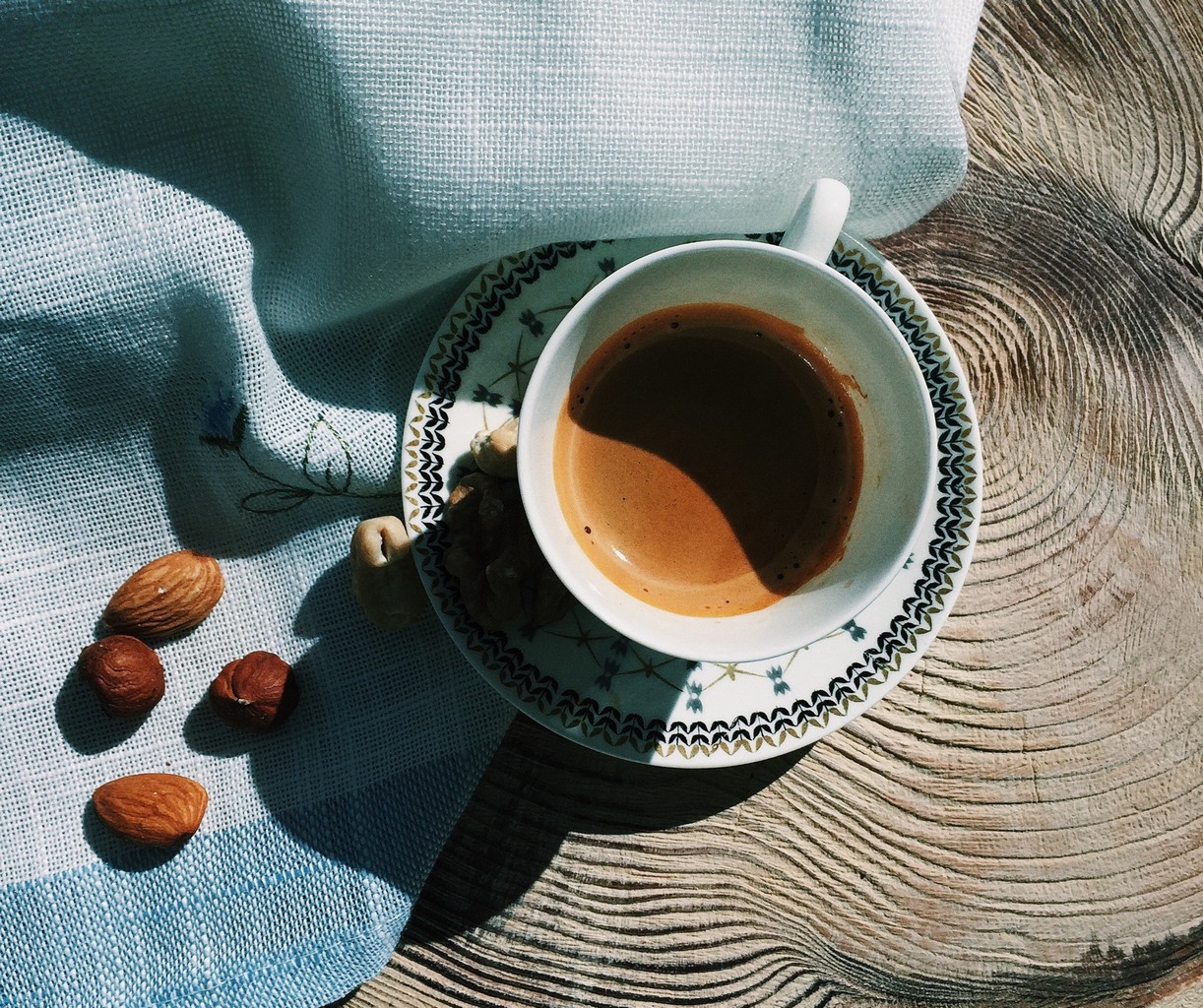
By the time your lesson is finished, you’ve probably worked up quite an appetite. Immediately loading up on a heavy meal may make you feel sluggish and more tired. Try to wait about an hour after class to eat a full meal. In the meantime, light and healthy snacks, such as a banana or granola, are a good way to satisfy your hunger and provide a few nutrients after practice.
18. Wear compression activewear
As you vigorously workout or dance, muscle groups can become inflamed which can lead to swelling and then pain. By wearing some pretty nifty compression activewear during your training, your muscles will be constricted, reducing the fluid buildup which will help combat the swelling of your muscles.
DOMS is a way of life, but there are some ways to reduce the intensity. Follow the above tips and tricks and see if you notice a difference next time you have a day full of rehearsals or do a hard core workout.
Don’t push yourself to a level that will put you at risk of injury and always remember to take care of yourself first.

